Do you frequently experience conflict and drama in your relationships? Then you just might be trapped in the Karpman drama triangle. In order to distinguish the three styles of conflict, we must understand them in detail. Read on to find out if you are a victim, a persecutor, or a rescuer, the three characters in the Karpman Drama Triangle.
Conflict And Drama
Conflicts are an intrinsic part of all relationships. Conflicts, when dealt with in a healthy manner, can help us enrich our relationships and help us have an enhanced human experience. However, this depends on exactly how well we are able to deal with conflict.
When we are unable to handle conflict in a healthy and effective way, it leads to drama. And this leads to some serious complications and problems in relationships and life. Individuals who lack healthy coping mechanisms or are prone to get into conflict tend to suffer from mental health issues, stress, anxiety, and troubled relationships.
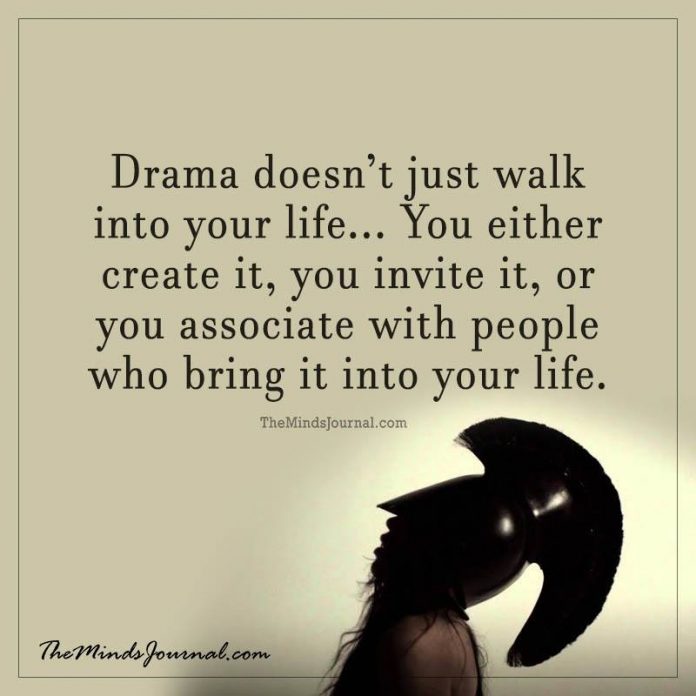
Engaging in all this drama can severely affect our quality of life, make us forget our purpose in life, and even affect our relationships. Moreover, excessive drama and conflict can compel us to subconsciously fit into disempowering roles in our relationships and our lives.
According to psychologist and author Margalis Fjelstad, Ph.D., most of us are programmed to engage in conflict and fit into certain self-punishing or self-satisfying roles that restrict our abilities and cloud our judgment. This prevents us from enjoying a healthy and happy life. These roles often lead to negative emotions like superiority, shame, helplessness and break the emotional connection in our relationships.
To explain this drama, psychiatrist Dr. Stephen Karpman, MD developed the Karpman Drama Triangle in 1968. This model depicted how interactions could lead to excessive, destructive conflicts among people in different relationships. The model primarily focuses on our behavior and the roles we take on during conflict – the victim, the persecutor, or the rescuer.
Related: Why It Is Easy To Resolve Some Conflicts and Impossible To Resolve Some
Karpman Drama Triangle
The drama triangle model is applicable to all relationships and is specifically common in romantic relationships where one partner suffers from impulse or personality disorders. Although it is one of the most neglected pathogenic models in family therapy theory and practice, “this triangle is evident where emotional, sexual, and physical abuse is present,” states a 2009 study.
The Karpman Drama Triangle was created “to map the dysfunctional behavior we predictably display when we get sucked into interpersonal drama,” explains Christine Carter, Ph.D., author and senior fellow at the Greater Good Science Center at UC Berkeley. She adds “Karpman recognized how entertaining and addictive our relationship conflicts could be – despite being psychologically harmful.”
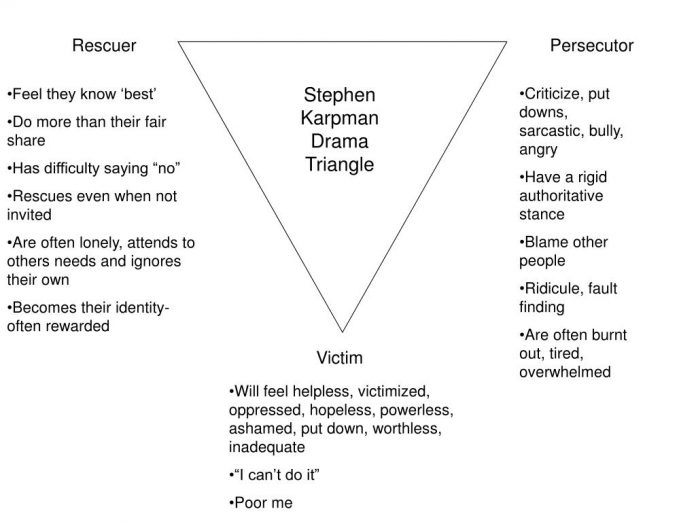
The drama triangle model was conceived by Dr. Karpman to graphically depict how interactions become complicated among individuals engaged in a pathological conflict.
He analyzed that in every conflict and drama, there is a common pattern of thinking: the good guy vs the bad guy. Karpman observed that the people embroiled in conflict get sucked up by the energy generated by the conflict. As a result of the drama, disappointment and confusion arise, the real issue gets forgotten and the focus shifts from finding a probable solution.
In a Forbes article, leadership strategy expert Remy Blumenfeld writes “The drama triangle is used in psychology to describe the insidious way in which we present ourselves as victims, persecutors, and rescuers. Although all three are ‘roles’ and none may be true to who we really are, we can all get caught in a cycle that is hard to escape.”
Related: Understanding The Dynamics Of The Karpman Drama Triangle
3 Roles Of The Drama triangle
The three angles of the Karpman Drama Triangle illustrate three different roles we play during conflict and drama: the Victim, the Persecutor, and the Rescuer. Dr. Stephen Karpman, MD uses an inverted triangle to describe the 3 aspects of drama.
Sharie Stines, Psy.D., recovery expert, and counselor explain “Each corner of the triangle depicts a role that people play in the game of a dysfunctional relationship. One corner is the victim (please help me); one corner is the rescuer (the over-responsible, controller); and the third corner is the persecutor (the villain, the bully, the superior one).”
1. The Victim
The victim in Karpman’s triangle believes themselves to be utterly helpless and powerless to bring about any meaningful change in their lives. They think that they are hopelessly lost and nothing ever happens according to them. Not only do they feel ashamed and enjoy wallowing in self-pity, but the victims are also hesitant to accept any help to make the situation better.
As they are convinced that they do not have the ability or resources to solve their problems, these types of individuals run away from their issues instead of facing them. When they are not being oppressed or victimized, the victim will deliberately look for a persecutor & a rescuer to validate their victim mentality.
Author Christine Carter writes “This is not an actual victim, mind you; it’s just someone who feels like they are being victimized or someone who is acting like they are being persecuted. Victims often feel oppressed and helpless…. They act as though they are powerless, and as such are often our neediest (and most toxic and draining) friends and relatives.”
One of the reasons Karpman called his model the “drama triangle” instead of the “conflict triangle”, is because the victim is pretending to be a victim. It’s all an act.
Remy Blumenfeld explains “Victims place blame on a persecutor who can be a person or a situation. Being powerless, the victim ostensibly seeks a rescuer to solve the problem for them. Victims also have a sneaky interest in validating their problem as being unsolvable.”
Related: 3 Useful Blueprints For Managing And Resolving Conflict In Relationships
2. The Persecutor
According to Karpman’s triangle, the persecutor is considered to be the bad guy and the oppressor. They are perceived to be rigid, pessimistic, controlling, manipulative, critical, and angry. The persecutor is also believed to blame and rebuke the victim for everything. These types of individuals tend to feel that they are superior and better than the victim.
They tell themselves that they are important and actively take steps to make the victim feel inferior. The model does not define any clear motivations for the thoughts, behaviors, and actions of the persecutor. However, these authoritative and self-righteous individuals may simply want to control another person or there may be more complicated and deeper issues.
“Victims typically identify a persecutor, someone whom they believe is victimizing them. Persecutors are made out to be controlling and critical. When we take on the role of persecutor ourselves, often we act angry, rigid, and superior,” adds Christine Carter.
3. The Rescuer
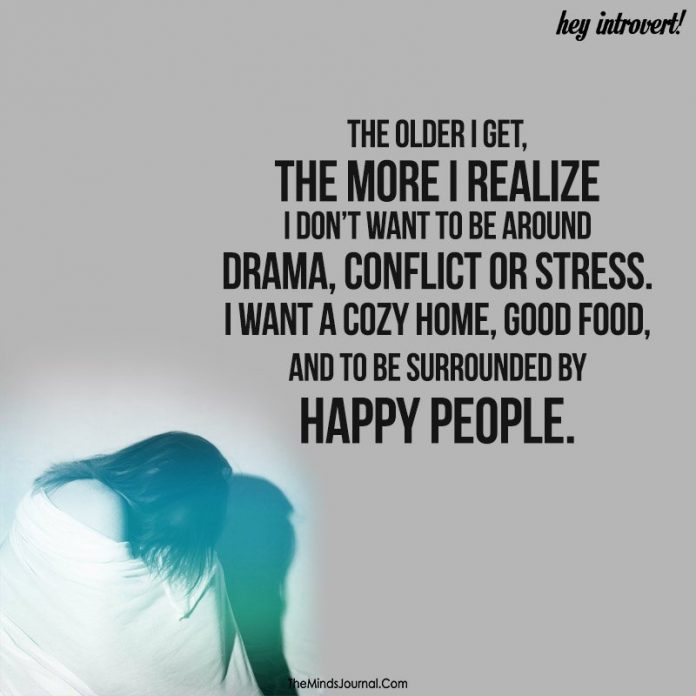
Just like the victim, the rescuer simply acts like a noble or a good person. They are not the hero, they only pretend to be one. Being an enabler, they create the illusion that they are helpful and want to save the victim from their problems and helplessness.
The act of being a rescuer allows these individuals to ignore their own problems and poor decisions. It is, in fact, a self-defense mechanism that allows the rescuer to believe that they are doing something meaningful in life by rescuing the victim from the persecutor.
Christine writes “Every victim has a rescuer who works diligently to save them from mistreatment. Although it can feel good to play a rescuing role – because attempting to help others can make us feel good – rescuers don’t really help. Although their intentions may be good, they are the ultimate enablers, keeping victims stuck in their roles as victims.”
In case they are unable to save the victim, the rescuer may feel guilt and shame. However, when they do help the victim, they will seek credit and social recognition for being the rescuer.
But their actions can often have negative consequences for the victim. They validate the self-pity mindset of the victim and make them dependent on the rescuer. Moreover, it also relieves the victim from taking charge of their lives and allows them to fail further. By focusing on rescuing another person, the rescuer avoids their own problems in life.
Related: Changing Codependent Dynamics in Abusive Relationships
Remy Blumenfeld explains “The definition of Rescuer in the Drama Triangle is someone who seems to be striving to solve a victim’s problems but in fact does so in ways that result in the victim having less power, with the rescuer benefiting more than the victim”
The drama triangle formulated by Karpman is a helpful model that enables us to understand the dysfunctional roles we play when engulfed in a conflict. “These roles are so ingrained in our cultural milieu that we don’t even see them; we just seamlessly (and unconsciously) step into them. But they are like junk food, providing only temporary stimulation and a quick shot in the arm of power, leaving us weaker in the long run,” adds Christine Carter.
Avoiding The Drama Triangle
Once you realize what persona you take on in a conflict, you can finally start taking the necessary steps to avoid taking on these dysfunctional roles. Here are a few ways you can get started:
1. Do not engage
Whether you play the role of a victim, a persecutor, or a rescuer, remind yourself that it is a choice. You can choose which role to play. And you can also choose whether you want to play any part in the drama at all.
The best way to deal with the triangle is not to engage in conflict and get yourself involved in the drama at all.
Yes, conflicts happen. The moment you realize that a conflict is arising, simply ignore the situation and walk away. This will not only be good for your mental health, it will also empower you to avoid falling into a set role.
“If, after you’ve evaluated and spotted the Drama Triangles in your life, I recommend you do yourself a favor and walk away,” suggests author and mindfulness expert Martin O’Toole. He adds “Seriously, just hold your hand up in their face, stop them in their tracks… the best way to stop a Drama Triangle from happening is to remove yourself from the equation altogether.”
2. Have a neutral attitude
“Under any circumstance, do not become defensive,” warns recovery expert Sharie Stines, Psy.D. Even when you feel defensive, make sure that you don’t speak, behave or act from a defensive mindset. Stines adds “Use a non-reactive, non-emotional, easy-going tone. Make statements that stop the conflict… Remind yourself to not get ‘hooked’ into the drama.”
Related: Resolving Conflicts: The ABCs of Escalating Conflict and 7 Tips To Prevent Them
3. Change your role
Instead of becoming a victim, a persecutor, or a rescuer, choose to shift your persona and take on a different role in the drama. The Empowerment Dynamic (TED) created by medical doctor & coach David Emerald Womeldorff shows us how we can choose a role based on our passions. This new model focuses on goals & outcomes and provides a solution to Karpman’s drama triangle.
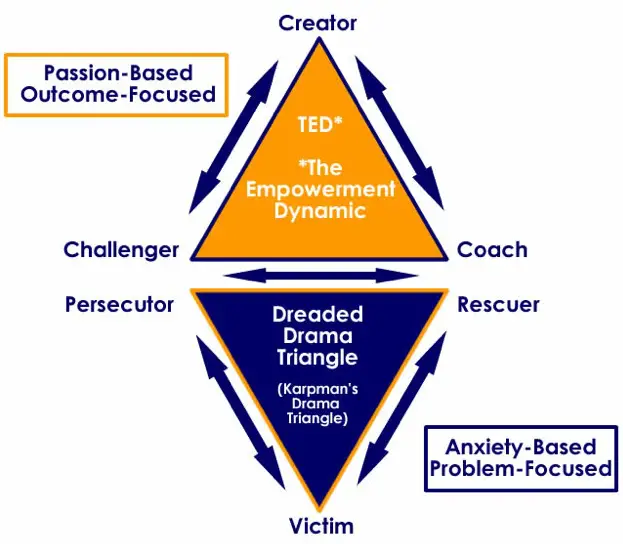
According to the TED model, the dysfunctional roles of the people involved in conflict and drama can shift to a constructive role.
The victim can choose to be the creator.
Instead of wallowing in self-pity, they can shift their focus from problem-oriented to solution-oriented. “When we take responsibility for the role we play in challenging situations, and for our lives, we trade the false power of victimhood for the real power that comes from creating the life we want,” explains Christine Carter.
The persecutor can become the challenger.
Persecutors can be people and situations that compel the creator (former victim) to focus on their needs and personal growth. She writes “Challengers always tell the truth, even when it is painful.”
The rescuer can evolve into the coach.
By transforming into the coach, the rescuer can help the creator in taking decisions and making necessary choices to solve problems in their lives. Carter adds “A coach asks questions that help the creator to see the possibilities for positive action, and to focus on what they do want instead of what they do not want.”
Build Better Personal Relationships
The better we understand ourselves, the more we can work on our drawbacks. This enables us to develop the skills to create and maintain healthy relationships with people. The drama triangle helps us take a closer look at ourselves and realize which role we take on in the conflict.
When you understand why you think, feel, behave and act in a specific way in certain situations, you will be better able to manage your reactions to stress and grow as a person.

It is only by learning to resolve conflicts in a healthy and peaceful way, we can build loving relationships and live a happy life. So irrespective of what role you may play in the drama, choose to change it and be your better self.
Related: Ditch The Drama In Your Relationship By Breaking The Karpman Drama Triangle
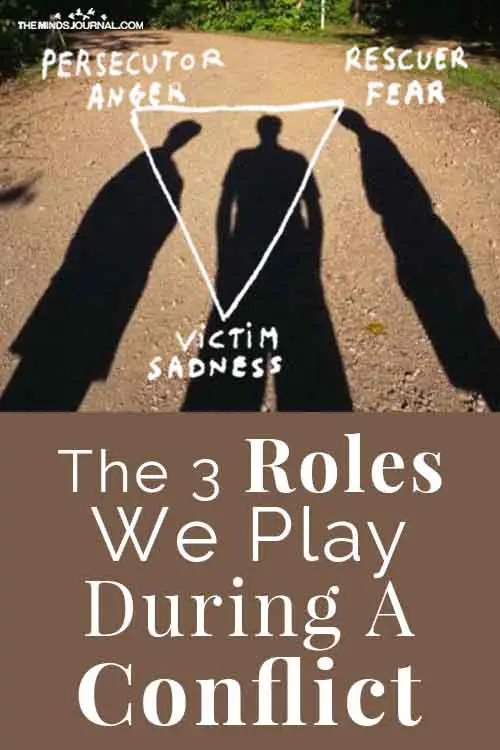
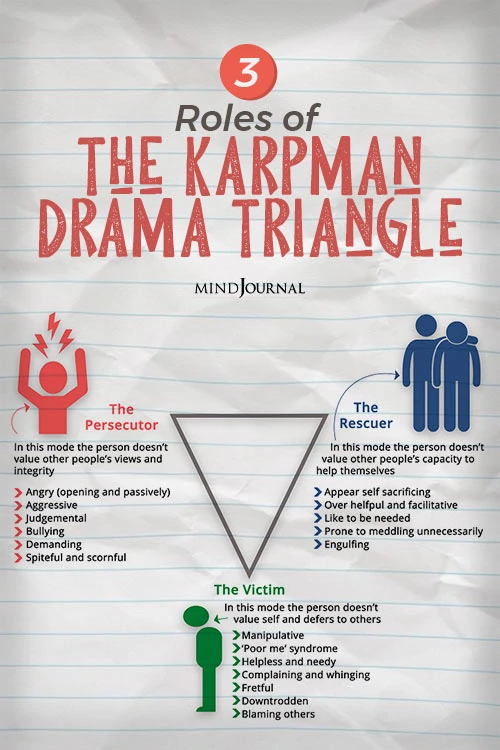
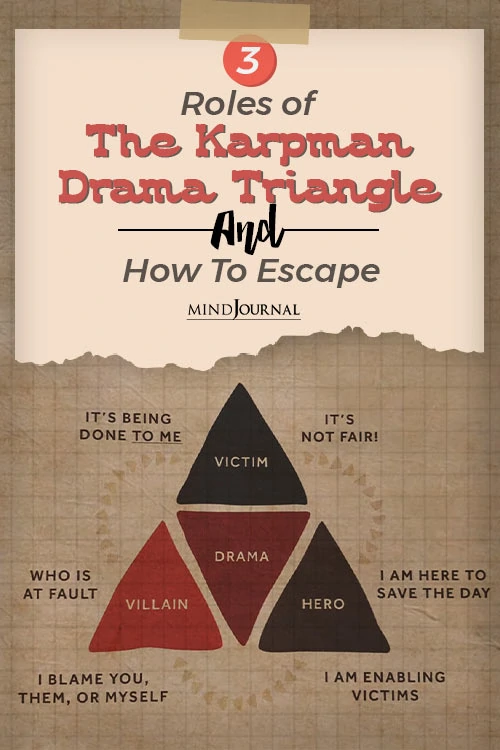
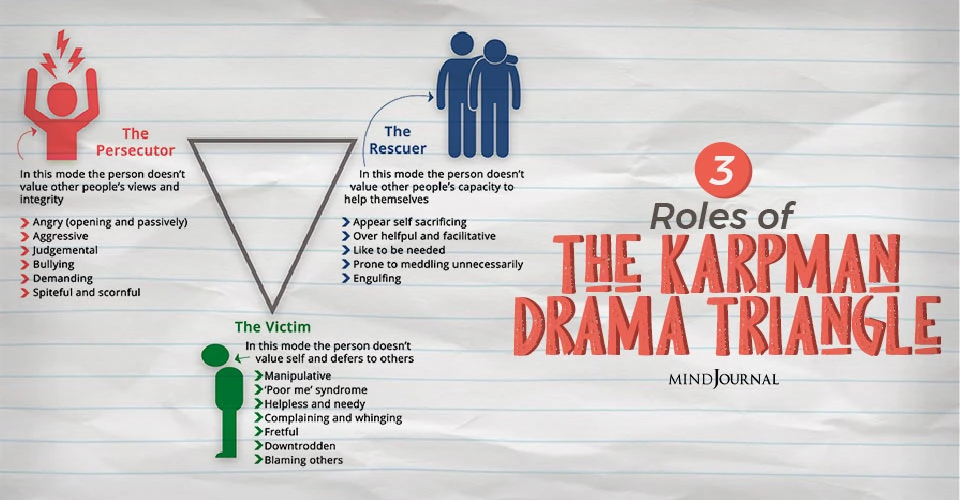
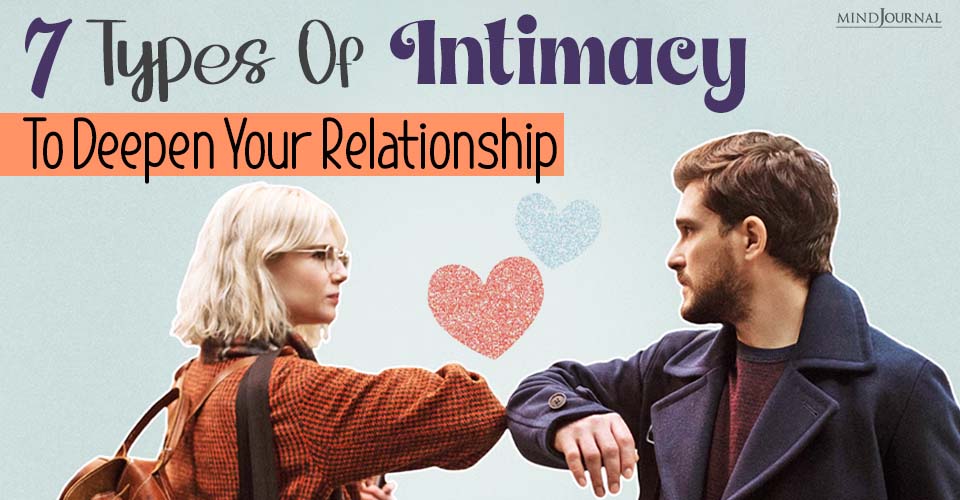
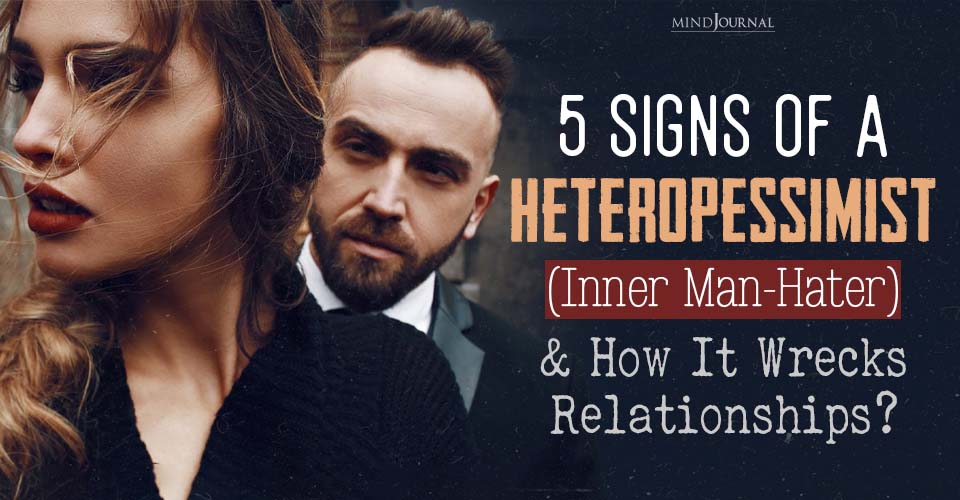

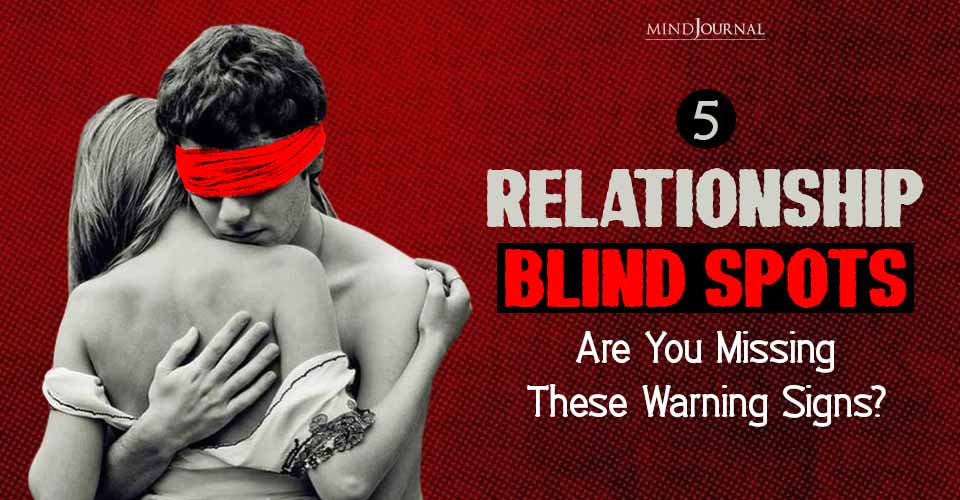
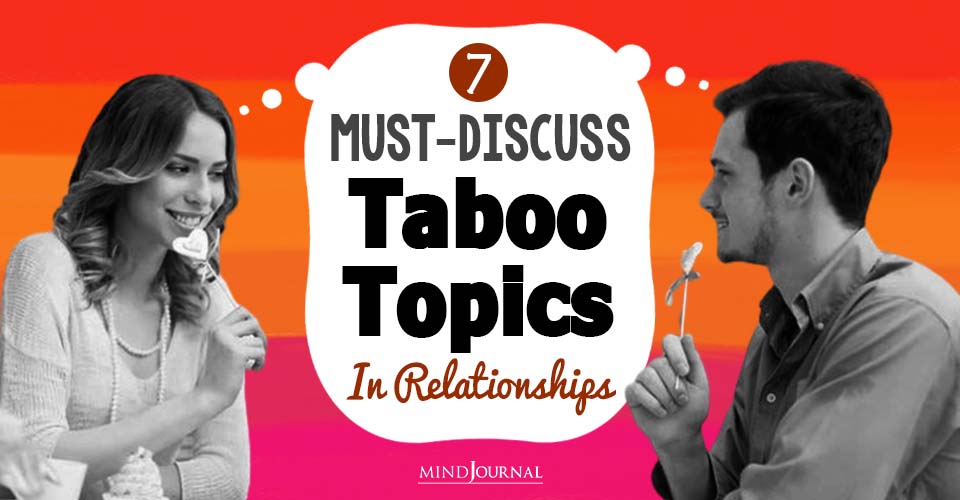
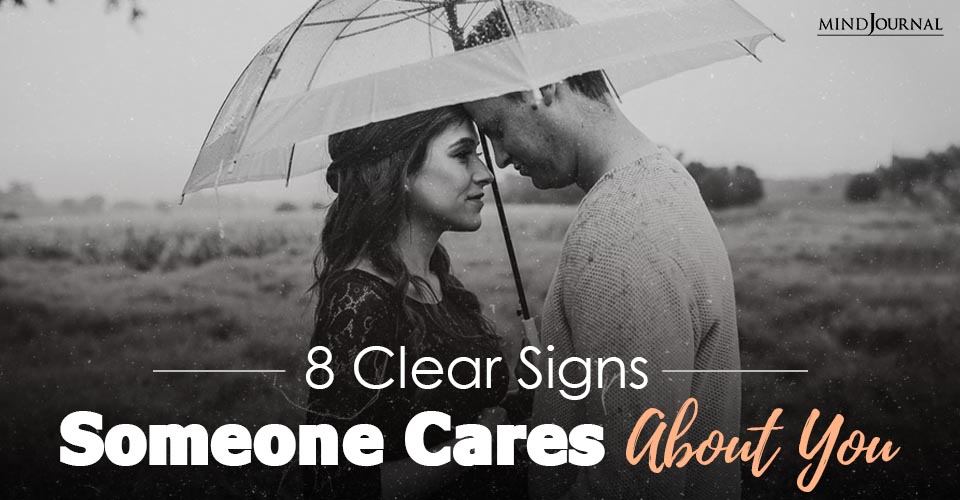
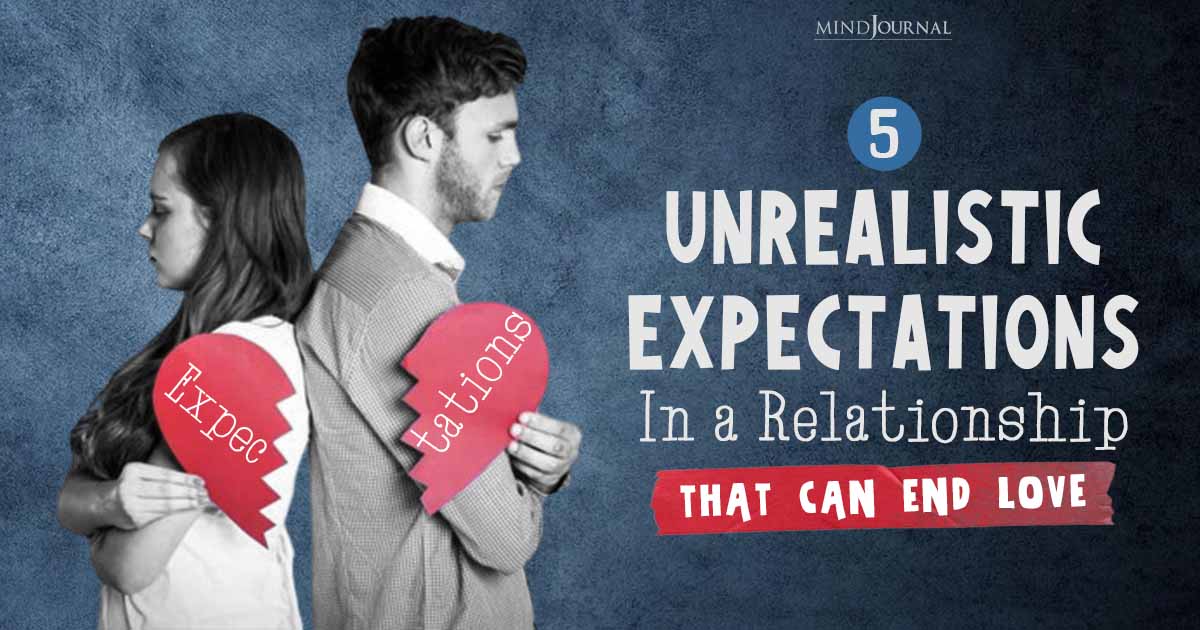
Leave a Reply
You must be logged in to post a comment.